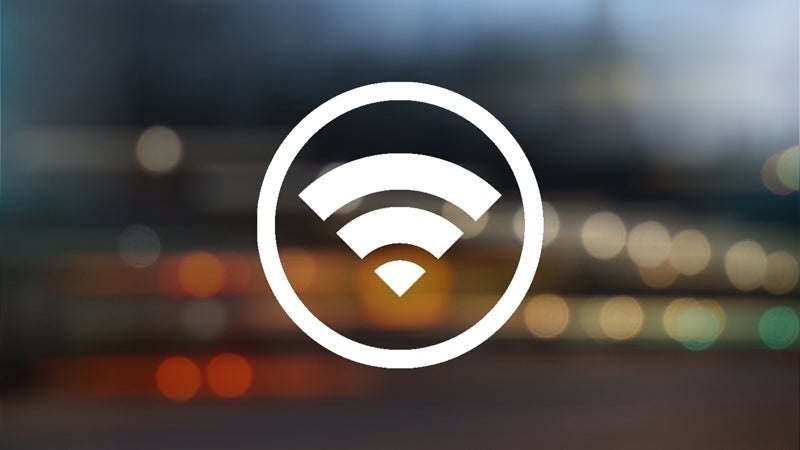Wi-Fi 6 promised performance to match a wired network, and now we’re beginning to see the first Wi-Fi 7 products hit the market with promises of performance on par with optical networks. That makes it not only an alternative for wired networks, but potentially a higher performing replacement — with solid improvements in security, latency, and bandwidth.
If you can get optical performance from a wireless network, doesn’t it make more sense to deploy it when you have bandwidth constraints than pay for a fiber connection?
This kind of bandwidth could really change our desktop priorities.
Thin clients aren't new
Thin clients have been around since the late 1990s, when both Oracle and Sun Microsystems believed them to be the silver bullet to kill Microsoft. What was fascinating about that effort was that at the time, thin clients were far more like mainframe terminals than PCs. They were basically appliances; remember the the Sun Ray One?
But instead of making companies more productive, compatibility and performance issues got in the way, making it far harder for a company to execute.
I was still at Giga Information Group and remember observing a room full of IT people with Sun executives on hand. We started talking about Windows, which the Sun officials dismissed as a hairball, arguing it was no match for the Sun Ray thin client. Then something amazing happened: the IT group pushed back hard, arguing that as bad as Windows was, it was still massively better than the poorly performing Sun Ray One. (This was back when IT hated Microsoft and yet, to a man — and they were all men back then — they aggressively defended Microsoft and Windows against Sun.
The irony was that Sun had effectively recreated the mainframe and terminals, but did such a bad job at it that the end result was largely unusable. Much of this was because the network wasn’t up to the snuff.
Wi-Fi 7 not only potentially addresses that problem, but coupled with products like Microsoft’s hosted Office 365, it could not only make desktop thin clients viable it could do the same with mobile thin clients.
Currently, thin clients are mostly used in targeted vertical markets where security requirements are higher (think banking/finance) or where environmental issues drive the specification (as in healthcare or defense).
Revisiting the benefits of thin clients
Thin clients have had one big downside: performance (in terms bandwidth and latency) which Wi-Fi 7 can now address. They also have several advantages, including a near appliance-line experience; the user doesn’t need to be a techie to keep their hardware running and can better focus on the tasks they were hired to do.
In addition, because thin clients operate using remote resources, they are inherently more secure. I remember in the early days of thin clients when a batch of thin clients in India was stolen in the middle of the night. They were later all returned a few days later because the thieves couldn’t use the things.
Thin clients are often simpler to use than smart TVs, and they can remain in service for years because they rely on technology in data centers and the cloud, not on desktop performance.
The one thing thin clients have truly struggled with is also where they might be the most useful: for users that are mobile. For a mobile client, you want a low-cost, light-weight device with long battery life, and you don’t want it to get stolen. Laptop-like thin clients check all those boxes, and both Wi-Fi 7 and 5G networking are fast enough to make them work better than ever — particularly in areas like education, which needs the capabilities of a PC but wants the simplicity and reliability of a thin client.
I expect Wi-Fi 7 to prompt companies to revisit the thin client as a far more viable device that can finally deliver on the promise Oracle and Sun Microsystems made years ago. We could see a return to the reliability of a terminal we’ve been trying to get back to ever since they were killed off.
To be clear, I’m not arguing that thin clients will replace PCs. But with Wi-Fi 7, they can throw off much of the negativity surrounding them and escape the niches they currently occupy.






